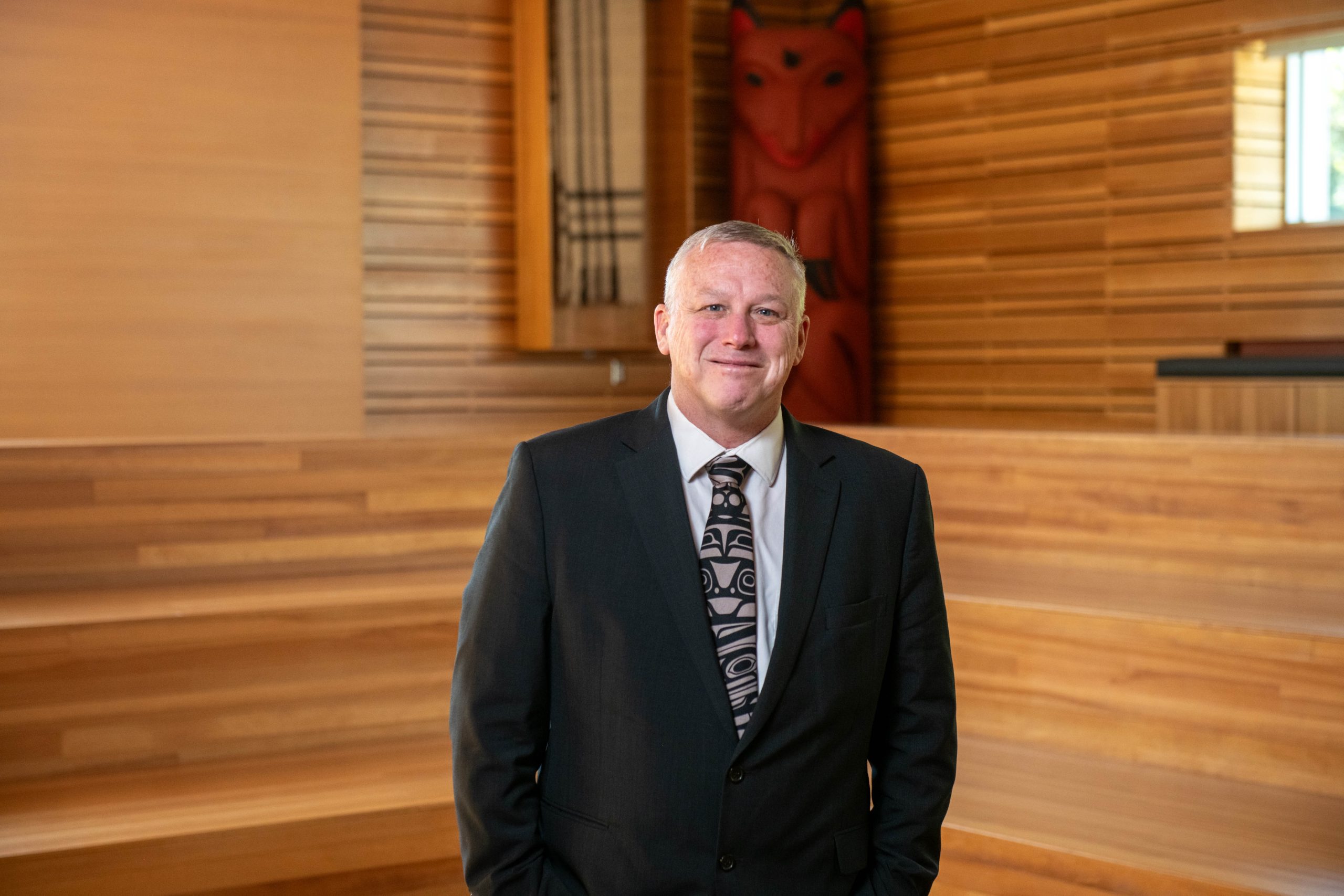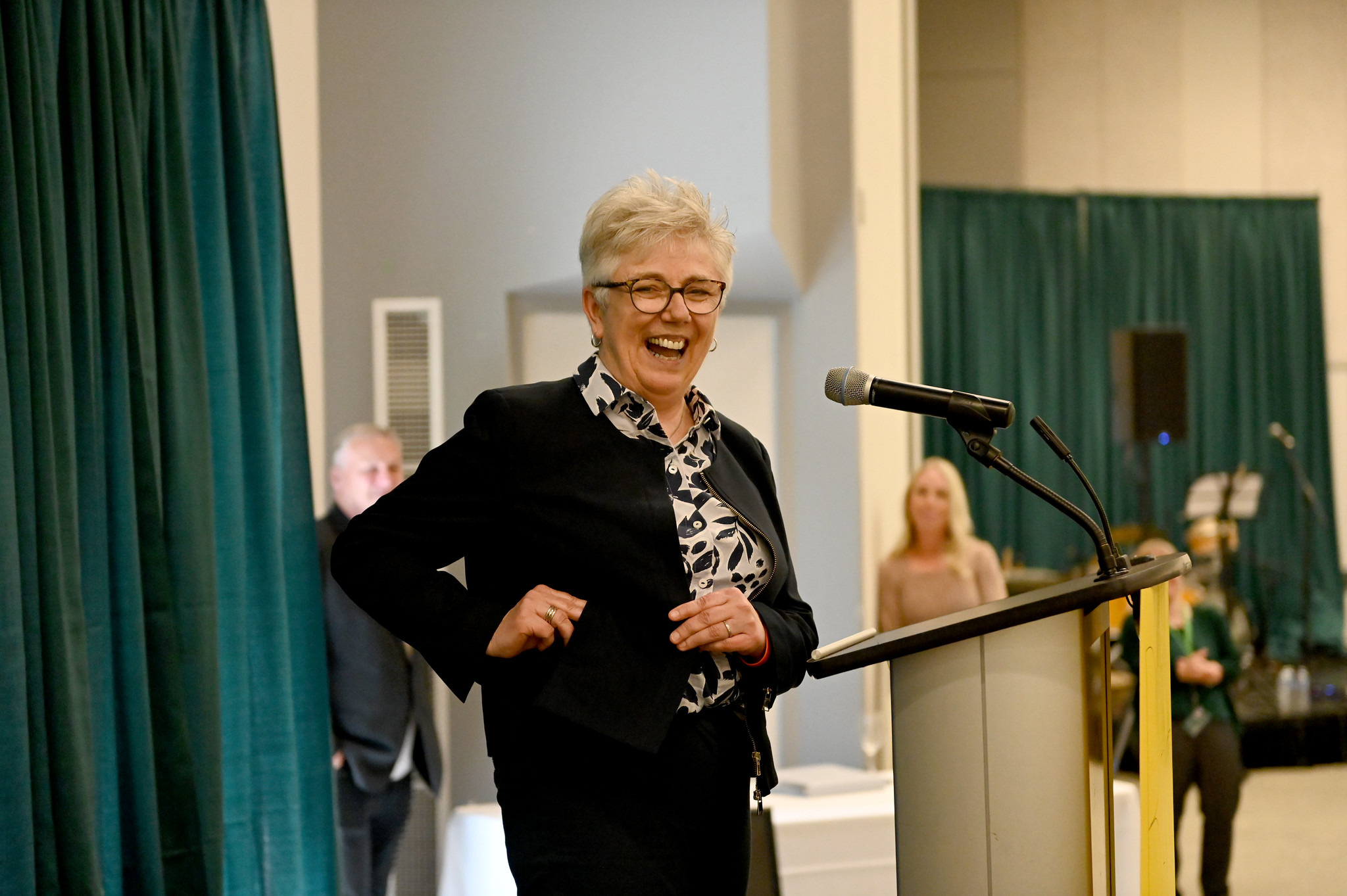Search by Image exhibit explores what’s ‘real’ in digital era
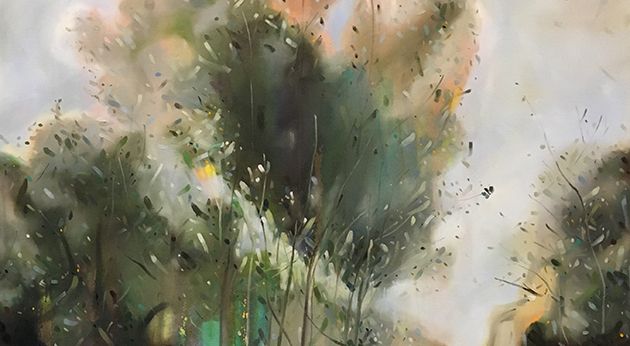 In an age where most viewing of art is done online rather than in person at a gallery, UFV visual arts professor Christopher Friesen’s latest art exhibit considers the notions of influence and authenticity.
In an age where most viewing of art is done online rather than in person at a gallery, UFV visual arts professor Christopher Friesen’s latest art exhibit considers the notions of influence and authenticity.
Search by Image runs through May 7 at the Reach Gallery Museum in Abbotsford, with an opening reception Jan 18 and a brunch with the artist opportunity on Jan 20. The works are the result of Friesen’s recent sabbatical.
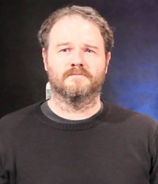
“In this recent series of paintings I use iconic works by French master Jean Baptiste Camille Corot (1796 – 1875) to explore legacies of modern painting and to consider notions of influence, quotation, authorship, and the ‘real’ in the age of digital reproduction,” says Friesen.
The fictions of “master” and “copy” are now so entwined with each other that it is impossible to say where one begins and the other ends.
Douglas Davis, The Work of Art in the Age of Digital Reproduction, 1995
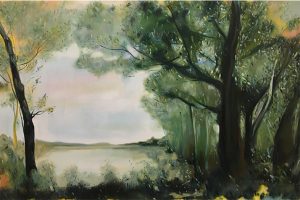 Corot is remembered most for his landscape paintings. Highly influential, his late style is often considered a forerunner to Impressionism and there is little doubt of his profound influence on modern painting. Corot was prolific in his output, and his work has also been copied and forged perhaps more than any other artist in history. Friesen uses the preponderance of Corot’s imagery to engage with notions of visuality and questions of pictorial fidelity, particularly where these ideas intersect with the digital.
Corot is remembered most for his landscape paintings. Highly influential, his late style is often considered a forerunner to Impressionism and there is little doubt of his profound influence on modern painting. Corot was prolific in his output, and his work has also been copied and forged perhaps more than any other artist in history. Friesen uses the preponderance of Corot’s imagery to engage with notions of visuality and questions of pictorial fidelity, particularly where these ideas intersect with the digital.
Rather than adhering to Corot’s work with close stylistic accuracy, Friesen chooses large-scale canvases, favours a loose application of paint and bold palette, and accentuates the flatness of the painting’s surface. Though he sets out to create a series that is remarkably dissimilar to Corot when experienced in person, Friesen has ensured that the resulting paintings bear enough of a resemblance to the originals that these distinctions are significantly curtailed when meditated through a digital device.
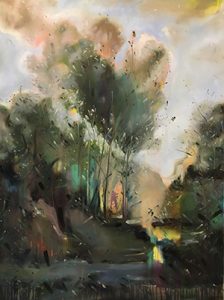 As the title of the exhibition suggests, algorithms used in online image searches are fundamental to Friesen’s larger project. He deliberately appropriates Corot’s original titles for his own works, so that any online hierarchy that would separate original from copy is virtually eliminated. A simple Google image search produces myriad and varied versions of paintings bearing these names. The innocent online researcher could easily be lost in a thicket of images within which no frame of reference for the “real” is apparent, raising the question of epistemology.
As the title of the exhibition suggests, algorithms used in online image searches are fundamental to Friesen’s larger project. He deliberately appropriates Corot’s original titles for his own works, so that any online hierarchy that would separate original from copy is virtually eliminated. A simple Google image search produces myriad and varied versions of paintings bearing these names. The innocent online researcher could easily be lost in a thicket of images within which no frame of reference for the “real” is apparent, raising the question of epistemology.
Friesen’s willing engagement with digital phenomena draws attention to the changing means through which works of art are reproduced, circulated, and consumed. At a time when we are just as likely to encounter a work of art online than in person, Friesen’s project asks what the nature of this encounter ought to be, and whether the future of art is in galleries or on screens.
“I want to take this exploration further by encouraging visitors to photograph my paintings and share them through their social media channels, using the paintings’ titles and the hashtags #searchbyimage #digitalcorot #realfriesen #christopherfriesen #corot,” Friesen notes.
— With credit for writing to Laura Schneider



